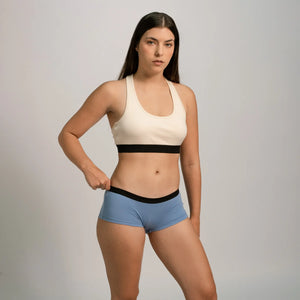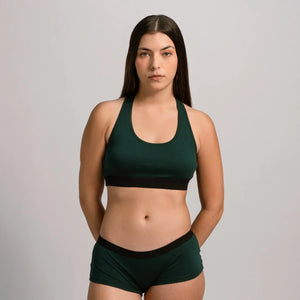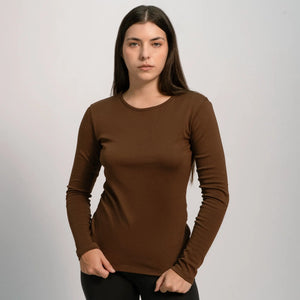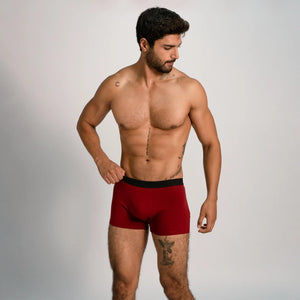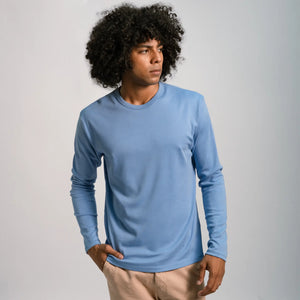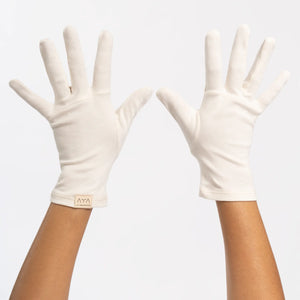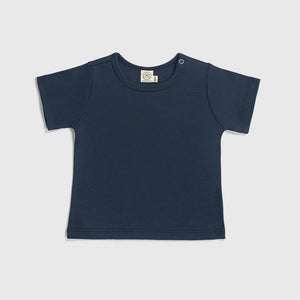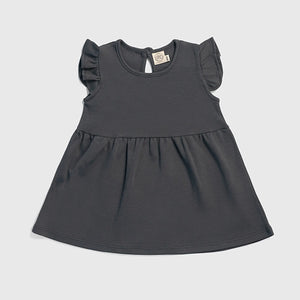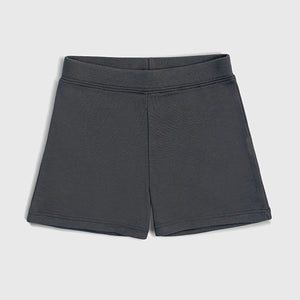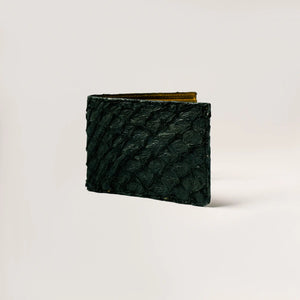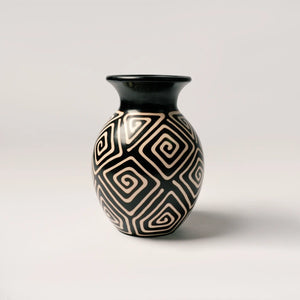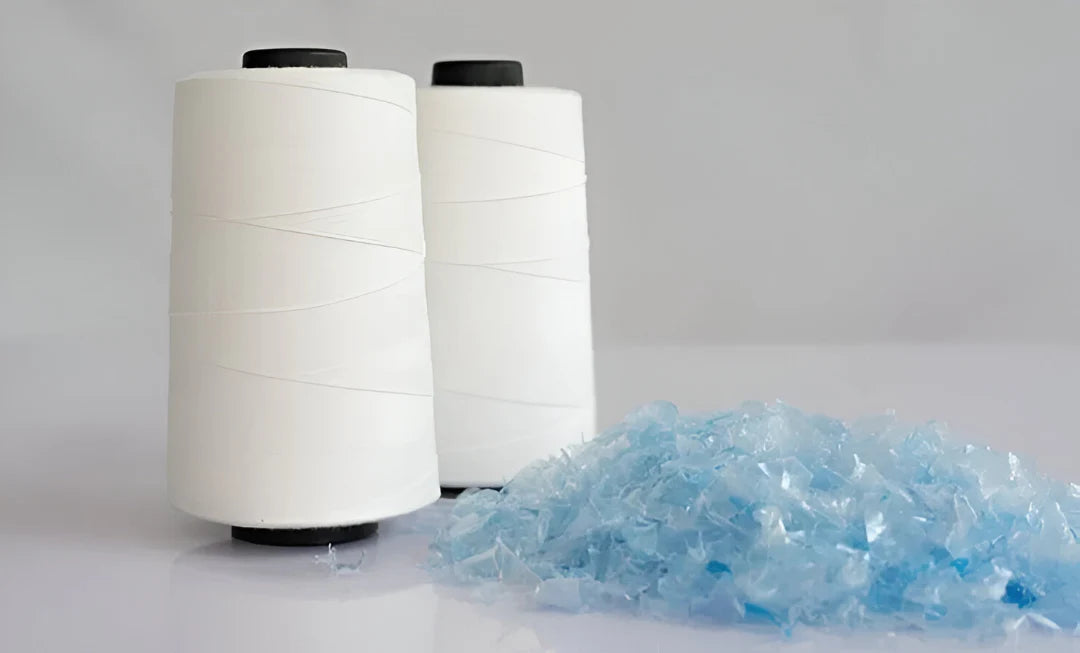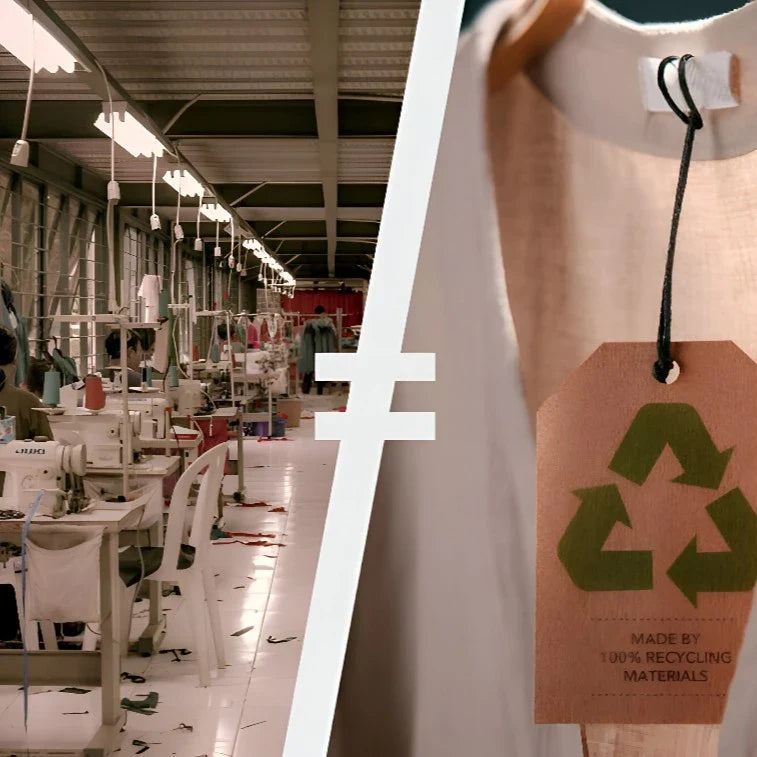Synthetic Fibers:
Revolutionizing Fashion Production

AYA | OCTOBER 29, 2024
READING TIME: 5 minutes
Ever noticed how fashion has a knack for tapping into our subconscious desire for non-essential goods? After wars and ideological upheavals, fashion emerged as a powerful tool for individuals to carve out their own identity through clothing. This notion isn't just limited to fashion—it also extends to our tastes in music, career choices, and more. While this strategy of self-expression was both legitimate and effective, it also served as a clever move for political figures and emerging textile companies eager to cash in on greater profits.

Dress styles of artists from the 1960s, with clothes with very intense and psychedelic colors.
Fashion was fueled by all the current issues, cinema, music, and new artists had greater echo when they imposed a new style of dress for example, and as the wars had ended, magazines and television programs needed to clear people of these dark years [1], so more and more space was given to fashion and more and more importance to people. With a growing demand, how to keep up with production?
Synthetic fibers enter fashion: The perfect gear to make fashion an industry

Timeline:of the appearance of synthetic fibers in the fashion world.
Enter synthetic fibers, the game-changers in the fashion world.Viscose was invented in 1883, the first fiber of plant origin but treated with synthetic chemical compounds, was created by French chemist Hilaire Bernigaud de Chardonnet. It is important to highlight that viscose was not the first 100% synthetic fiber, since it was composed of cellulose—a vegetable fiber—but in order to obtain a useful structure for a textile fiber, it was coated with chemical compounds. [2] That is why it is important to note that in the fashion industry it was considered the first synthetic fiber because it was a complete innovation for textile science, which would later be known as "synthetic rayon."
Initially, it was used for industrial textiles rather than consumer clothing. Up until the 1910s, fashion relied on natural fibers like cotton, silk, linen, and wool. Viscose made its market debut in 1906, setting the stage for more efficient textile production.
Fast forward to 1938, the first 100% synthetic fiber was introduced: the nylon. Initially for soldiers' stockings, it quickly found uses in parachutes during wars due to its durability and malleability. Properties that in natural fibers require more investment and time than with nylon.
The 1950s saw a major shift with the rise of synthetic fibers like polyester in the textile industry, followed by spandex in the early 1960s.
So, what did these synthetic fibers bring to the table? Three major impacts stand out:
- Economic Transformation: The industrial production of synthetic fibers streamlined the process, reducing material transportation and costs. This efficiency revolutionized the textile industry's economic landscape.
- Design Innovation: Synthetic fibers allowed for vibrant color combinations and modern fabric designs that were impossible with natural fibers. This innovation breathed new life into mid-20th-century fashion, shifting it from a mere textile sector to a thriving industry.
- Accessibility and Replication: With the lower costs of synthetic fibers, high-status fashion became more accessible to the general public. This democratization of fashion led to the rise of replica garments and small-scale clothing manufacturing. By the 1950s, this shift contributed to market globalization, further accelerated by the advent of color television. The fashion industry was propelled into a new era of mass production, broader media reach, and favorable political conditions.
The three points discussed earlier in the image are reflected in the unit production cost of clothing from that era. Clearly, it was more cost-effective to produce garments using synthetic fibers rather than natural ones. But what about those prices? Why were synthetic fabrics more expensive than their organic counterparts?

Comparison between the production costs in the 1960s of cotton fiber garments and polyester fiber garments. [3]

Comparison between the sales prices in the 1960s of cotton fiber garments and polyester fiber garments.[4]
Glossarykeywords
Cellulose:
It is the basis of the cell walls of plants (plants, wood and all natural fibers) that is found combined with short carbohydrates such as hemicellulose, fatty acids, etc.
Linen:
Linen is a flax-based fabric. While similar to cotton, it is made from fibers derived from the stems of the flax plant rather than the bolls that grow around cotton seeds.
Nylon:
It is a very resistant thermoplastic with a very long useful life. It is an elastic and anticorrosive material in the presence of any chemical product.
Replica:
Replica goods are close copies of the original goods. Also referred to as knockoffs, they are acknowledged to be modeled after the original famous product. Therefore, even though they share a striking resemblance with the original goods, they are not passed off as being the real deal.
Silk:
It is considered the strongest natural protein fiber, which has a satiny, shiny appearance and is therefore used for high-quality, luxurious clothing.
Spandex:
Elastane, also known as Lycra, is a very flexible and elastic polymer that can expand up to five times its original size. It is a light and resistant polymer that is used in large quantities in the sportswear and outdoor clothing industry.
Synthetic chemical:
These chemicals are made by humans using non-natural methods, and synthetic chemical structures may or may not be found in nature.
Synthetic fibers allowed for more vibrant colors and more extravagant designs—styles that high society flaunted daily. This created a demand from lower economic strata who also wanted to acquire these fashionable items, leading to the rise of “replicas”. [5]
During that time, synthetic fabrics were considered modern, innovative, and sophisticated. Fashion companies capitalized on this trend to produce in mass quantities and maintain higher prices. [6] Natural fiber garments continued to offer high-quality ensembles at significant prices but could not match the epochal style of polyester and nylon.
This season marked the end of a fashion century because the mass production era ushered in the fashion industry as we know it. Read more here.
Glossarykeywords
Cellulose:
It is the basis of the cell walls of plants (plants, wood and all natural fibers) that is found combined with short carbohydrates such as hemicellulose, fatty acids, etc.
Nylon:
It is a very resistant thermoplastic with a very long useful life. It is an elastic and anticorrosive material in the presence of any chemical product.
Replica:
Replica goods are close copies of the original goods. Also referred to as knockoffs, they are acknowledged to be modeled after the original famous product. Therefore, even though they share a striking resemblance with the original goods, they are not passed off as being the real deal.
Silk:
It is considered the strongest natural protein fiber, which has a satiny, shiny appearance and is therefore used for high-quality, luxurious clothing.
Spandex:
Elastane, also known as Lycra, is a very flexible and elastic polymer that can expand up to five times its original size. It is a light and resistant polymer that is used in large quantities in the sportswear and outdoor clothing industry.
Synthetic chemical:
These chemicals are made by humans using non-natural methods, and synthetic chemical structures may or may not be found in nature.
Linen:
Linen is a flax-based fabric. While similar to cotton, it is made from fibers derived from the stems of the flax plant rather than the bolls that grow around cotton seeds.
References:
[1] Fundación Universitaria de Popayán. Oblicua Journal [Internet]. [cited 2024 Sep 25]. Available from: https://www.fadp.edu.co/revista-oblicua/
[2] Council of Fashion Designers of America. Rayon (Viscose) [Internet]. [cited 2024 Sep 25]. Available from: https://cfda.com/resources/materials/detail/rayon-viscose
[3] The New York Times. The Fashion Industry: A Historical Overview. 1965.
The Washington Post. Men's Apparel Prices in the 1960s. 1968.
[4] Riello, G. (2016). Brief history of fashion. [1] 2016.
Postrel V. The fabric of civilization [Internet].
[5] New York Times; 2020 Nov 10 [cited 2024 Sep 25]. Available from: https://www.nytimes.com/2020/11/10/books/review/the-fabric-of-civilization-virginia-postrel.html
You don't have to put all the weight on your shoulders. Every action counts. At AYA, we fight microplastic pollution by making a 100% plastic-free catalog.
Visit Our Shop →You May Also Like to Read...
The Truth About Recycled Polyester in Fashion
Discover the hidden costs of recycled polyester. Learn why rPET isn't as sustainable as it seems and what real circular alternatives look like.
Synthetic Fabrics vs. Organic Cotton: Impact on Skin Health
Discover how polyester and other synthetic fabrics can irritate your skin and why organic cotton, especially Pima cotton, is a healthier and safer choice for sensitive skin.
What Peru Whispers: Organic Pima Cotton Grown with Tradition and Care
In the quiet corners of Peru, organic pima cotton is grown with respect for the land. A luxurious, timeless textile waiting to be discovered.
Why Sustainable Fashion Shouldn’t Be Fast Fashion
Recycled materials and green labels won’t fix fast fashion. Discover why real sustainability means slowing down.
